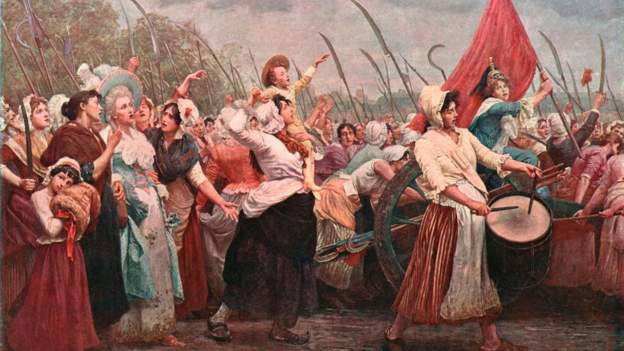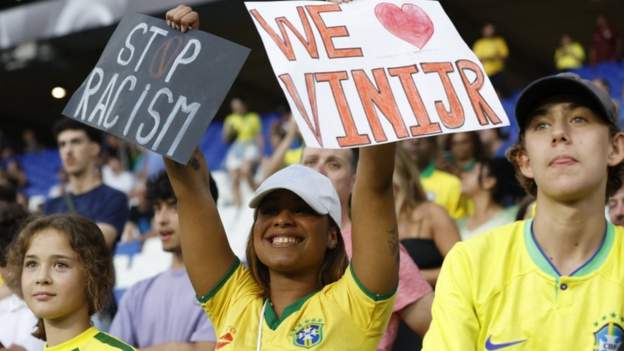The course for the Paris 2024 Olympic marathon will honour women and their role in one of the most historic events of the French Revolution.
The route will trace the path of the Women’s March on Versailles in October 1789, which saw thousands of female market traders, angry over the price of bread, march to the palace of King Louis XVI armed with weapons.
There, they forced him to Paris – where people faced starvation – in an act that historians say led to the abolition of the monarchy in France.
For the first time since it was included on the Olympic programme in 1984, the women’s marathon will take place a day after the men’s and will conclude the athletics programme on 11 August.
“Women first. We wanted to celebrate women,” said Paris mayor Anne Hidalgo.
“We’re trying to give some meaning to our events and choosing this course was a good way to do it,” added Paris 2024 boss Tony Estanguet. “We really want to innovate.”
The Women’s March, which Paris organisers say is a “symbol of emancipation and advocacy”, is considered one of the first demonstrations in history.
Starting at the Hotel de Ville in Paris, the route – including 436m of altitude gain – will pass famous monuments including the Eiffel Tower, the Louvre Museum and the Palais Garnier, and finish on the Esplanade des Invalides.
Organisers have also added two mass participation events – a marathon and a 10km run – to allow members of the public to run the course, with 20,024 participants permitted in each.























